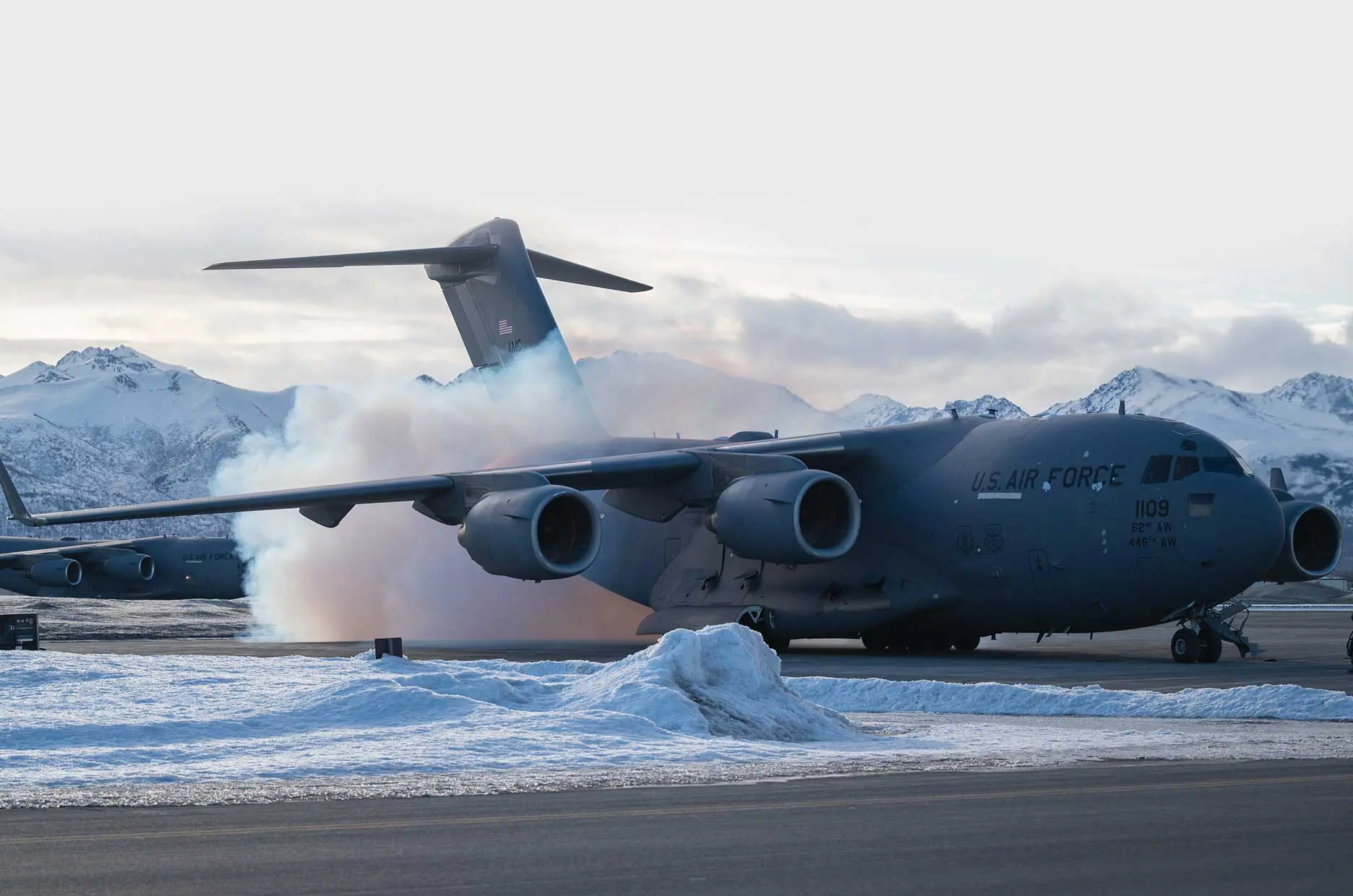Unreliable Airspeed Indications
By MAJ TRAVIS CORD, AMC FLIGHT SAFETY
It is a routine training flight on a winter morning with nothing out of the ordinary. Fortunately, there is no snow or ice to contend with on your departure. During climb-out, you notice your airspeed is increasing faster than you expected, and you respond with an increase in pitch. For a moment, you consider it odd; however, you quickly dismiss it with rationales of your aircraft being lightweight or the cold day increasing performance. Moments later, you notice your airspeed is fast again, to which you increase your pitch even more. It is only a few more moments before something else does not make sense. Now your altitude is decreasing despite an incredibly high airspeed. You could not be stalling, could you?
Aircrew response to an unreliable airspeed indication has persisted throughout history, often with unfavorable aircraft stalls. These situations are difficult as it seems the aircraft is flying perfectly well; unfortunately, the instruments are not telling the whole truth. Unreliable airspeed indications can result from blockage due to ice, insects in the system, or failure to turn on the pitot-static heat system. A thorough exterior inspection and good checklist discipline can help prevent these issues.
Despite best efforts, an unreliable airspeed situation can still occur. Once detected, the aircrew should perform their specific aircraft flight manual procedures if available, or use the following as a guide:
- Disconnect auto-throttle, autopilot, and flight director.
- Set a known pitch and power setting for the phase of flight (Aircraft Tactics, Techniques, and Procedure Manual may have information).
- Attempt to acquire visual meteorological conditions (VMC).
Following these procedures can prevent damage to the aircraft and, more importantly, save lives.

